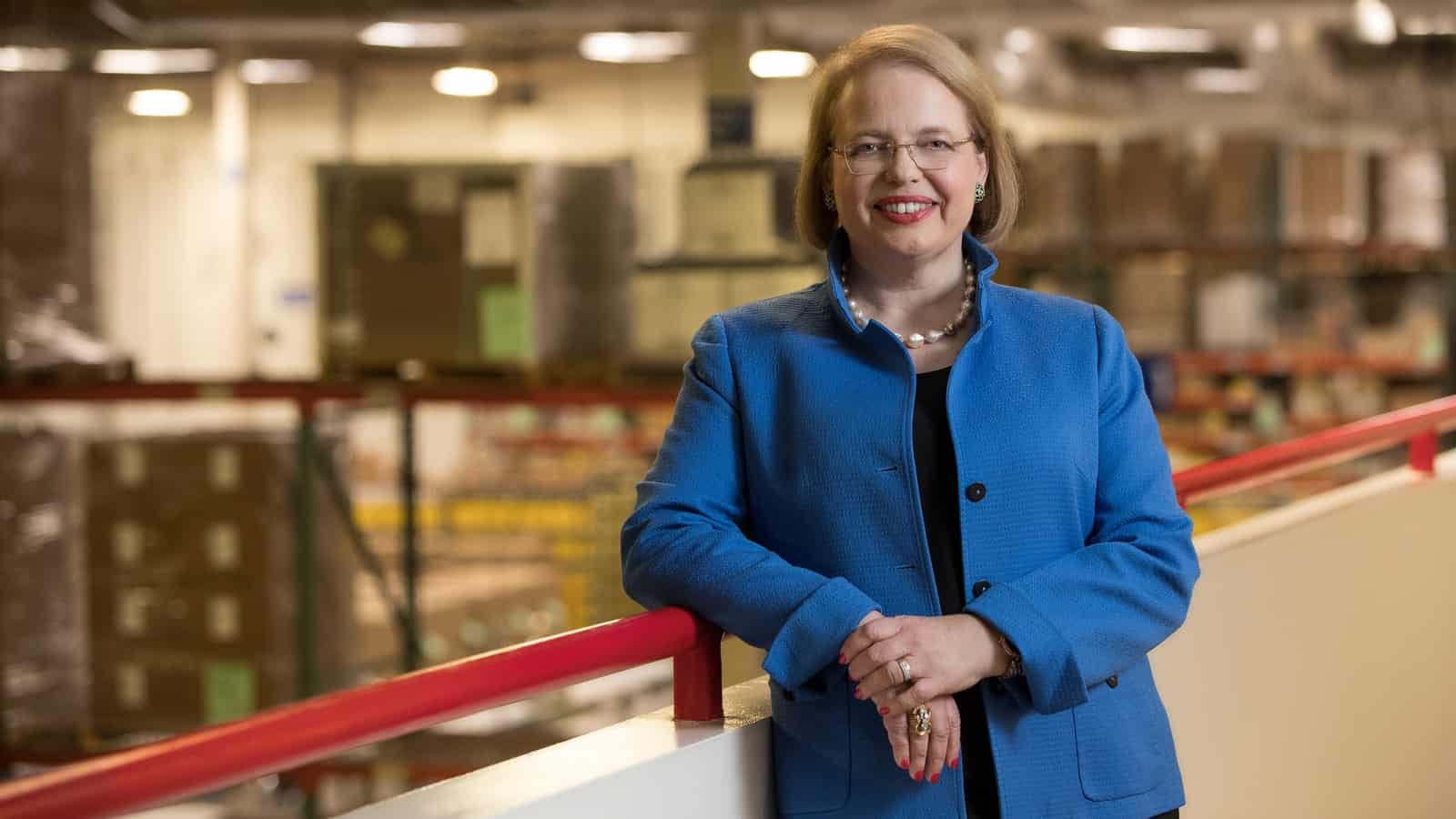“It Takes One Part Not to Make a Car”: An Interview with ALOM’s Hannah Kain

ALOM President and CEO Hannah Kain has been playing one of the most complex games imaginable: trying to retool global supply chains during a pandemic. And meanwhile, she’s overseeing the supply chain management company’s “aggressive” production of COVID-19 testing kits, while also manufacturing protective equipment for its customers and employees. We talked to Kain recently about what these complicated operations look like from the inside—and how manufacturers can adapt to supply chain uncertainty.
The supply side: A single finished good—say a car—could easily require thousands of parts from multiple countries, notes Kain (who is also an NAM board member). Now imagine that every single one of those parts could be held up on its journey. And that’s only the beginning.
- Here’s a risk factor that no one is thinking about, Kain says: “If we are manufacturing overseas, who is governing those places?” Companies need to fly engineers out to their foreign facilities to check certifications, labor conditions, etc. And now they often can’t.
- Meanwhile, freight rates have significantly increased, with rates from China “multiplying by a factor of 5.”
- Plus, many companies operate in multiple locations, each with different COVID-19 rules and restrictions. ALOM, for instance, works out of 19 locations around the world, Kain adds.
Put it all together, and it’s a recipe for anxiety. Kain says, “I remember someone from an automaker saying once—it takes 2,500 parts to make a car; 1 part not to make a car.”
The demand side: COVID-19 has reconfigured the market, Kain notes. Demand for medical supplies and home electronics went “through the roof,” while demand for other products cratered. This situation created what she calls the “pulsing supply chain”—i.e., “the disjunction between demand fluctuations and ability to meet them.”
So what’s her advice? For other manufacturers and supply chain experts: “Anyone who can react faster is going to win the game.” Agility is a necessity, in other words. Here are some of the tactics that ALOM and its customers have tried:
- Keep products unconfigured (or un-customized) until as late as possible in the production process—so the same part can be used for different purposes. The finishing touches can be added the day of shipment. “Customers think the products are sitting on shelves, but in fact they shouldn’t be,” says Kain.
- Make sure you know as much as possible about demand. “Visibility is key,” she stresses. Companies should research what’s going on at the retail level and use business intelligence tools, such as AI that tracks keywords on social media. And don’t forget to track the analytics on your own website—“that can actually predict a lot,” says Kain.
- Be smart about contracts. “If you have a critical supplier, try to ensure you’ll be first in line if there’s a restriction.”
- Be good to your suppliers. “Don’t tell them things like ‘we’ll now pay you every 120 days instead of every 60.’ And pay people early if you can.”
The last word: “I saw myself pulling back from strategic work and going into crisis management,” Kain says. Only now is she beginning to get back to her usual routine.
At the end of this interview, Kain mentioned she was off for a restorative weekend in Yosemite. We think you’ll agree she deserved it.
